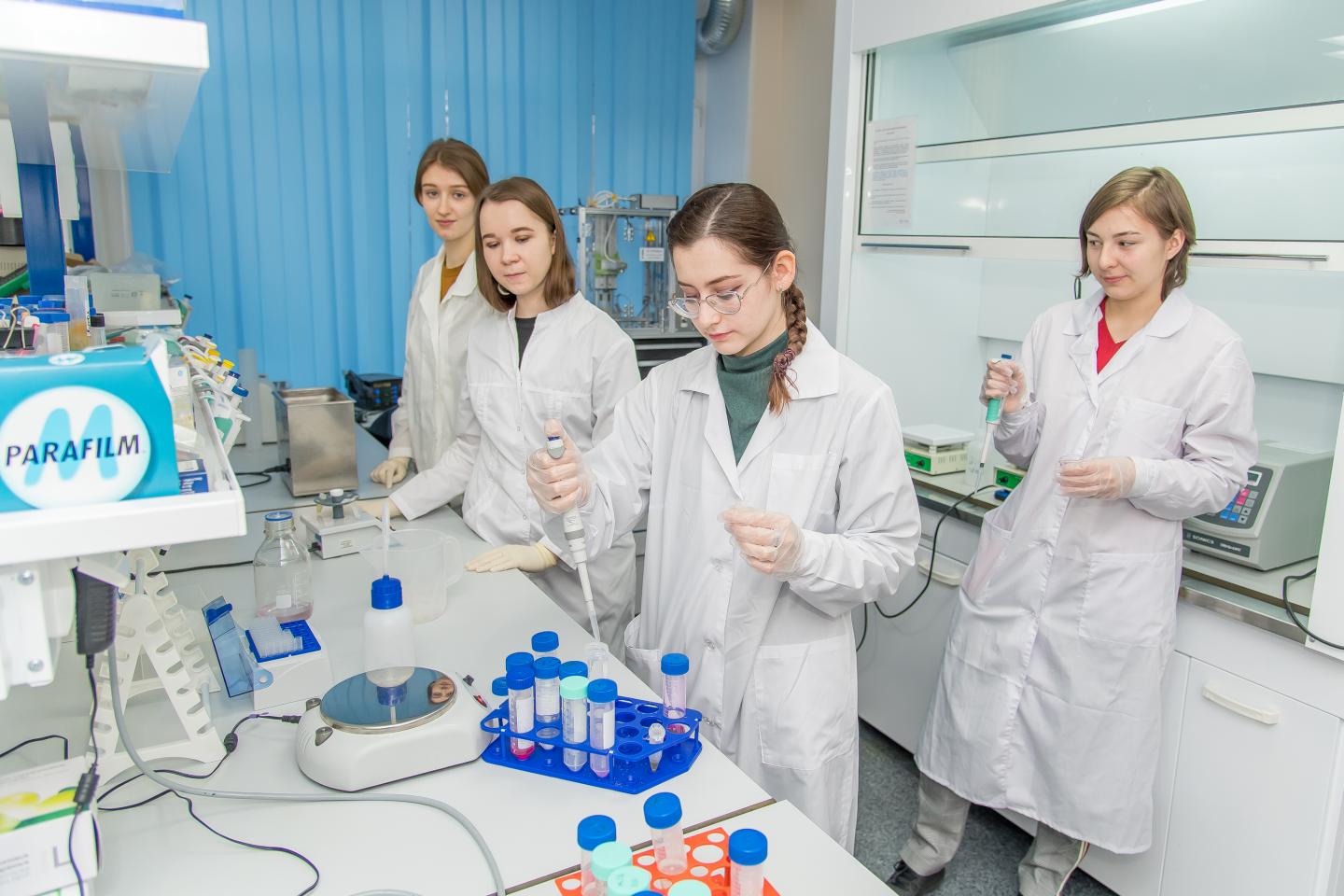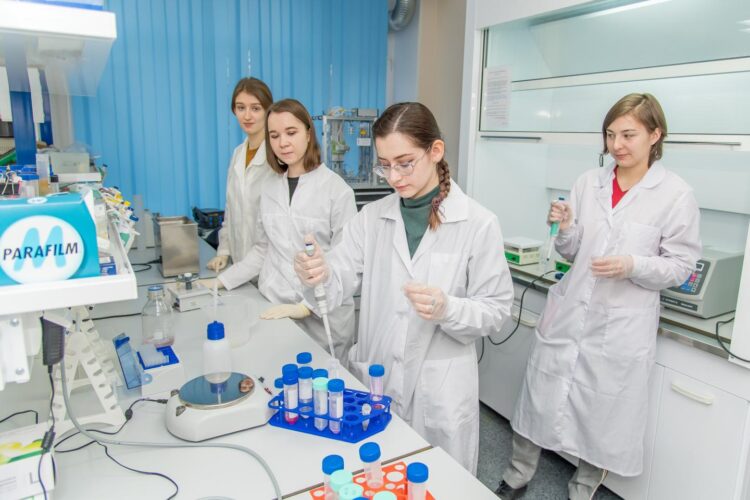Researchers take a step in the development of genome editing technology.

Credit: Peter the Great St.Petersburg Polytechnic University
Researchers from Peter the Great St.Petersburg Polytechnic University (SPbPU) in collaboration with colleagues from Belgium take a step in the development of genome editing technology. Currently it is possible to deliver genetic material of different sizes and structures to organs and tissues. This is the key to eliminating DNA defects and treating more patients. The project is guided by Professor Gleb Sukhorukov and supported by the Russian Science Foundation. Research results were published in Particle & Particle Systems Characterization journal.
An international research group developed a polymer carrier with a number of unique properties, several types of genetic material can be loaded in its structure. In particular, the scientists managed to load genetic material of various sizes and structures into “universal containers”. From small interfering RNAs (siRNAs) to messenger RNAs (mRNAs). The efficiency of delivery was demonstrated on human stem cells.
“Nowadays most of the vaccines, including those for COVID-19, are made on the basis of mRNA. This is a kind of “genetic SD-card” with information which activates human immune system, thus teaches it how to deal with the “enemy proteins” of the virus. Typically, for medical purposes, different types of carriers are used to deliver specific molecules, we proved that it is possible to deliver genetic materials of different sizes using one type of carrier. This technology opens up new horizons for the development of non-viral delivery systems”, – notes Alexander Timin, head of the Laboratory for microencapsulation and controlled delivery of biologically active compounds at St. Petersburg Polytechnic University.
Scientists added that the micron-scaled carrier with incorporated genetic material can be delivered by systemic administration, or locally (directly into the tumor focus for cancer).
“The study is conducted jointly with the Raisa Gorbacheva Memorial Research Institute of Children Oncology, Hematology and Transplantation, which provided the patients’mesenchymal stem cells (cells building organs and tissues) for the experiments. In the future, we plan to conduct experiments on tumor-bearing laboratory animals in order to find out how the genetic material delivered to the tumor will be managed, “- said Igor Radchenko, director of the “RASA-Polytech” center.
###
The Raisa Gorbacheva Memorial Research Institute of Children Oncology, Hematology and Transplantation is interested in the early implementation of these developments in order to fulfill the recommendations and medical protocols that will be introduced into medical practice.
Media Contact
Raisa Bestugina
[email protected]
Related Journal Article
http://dx.





